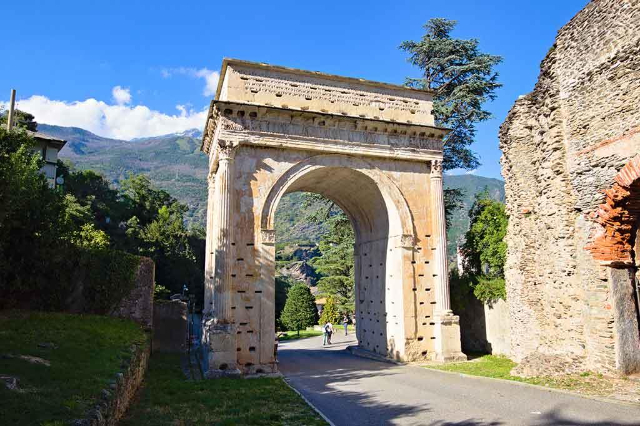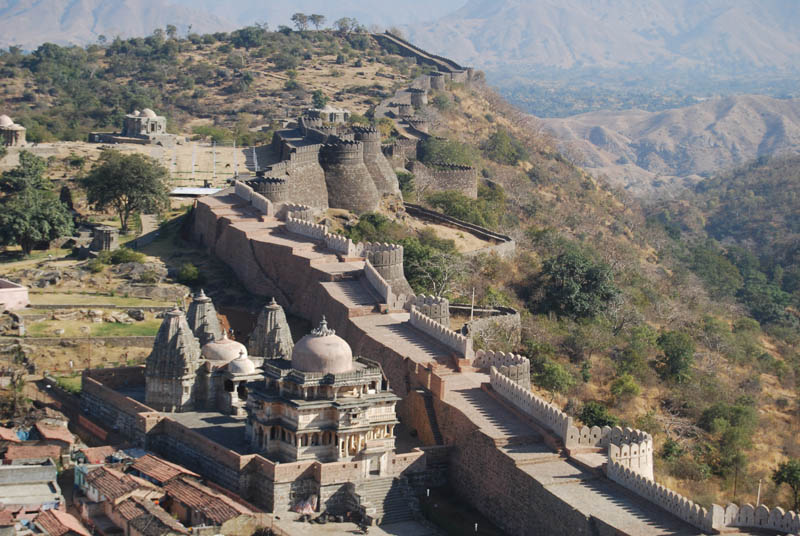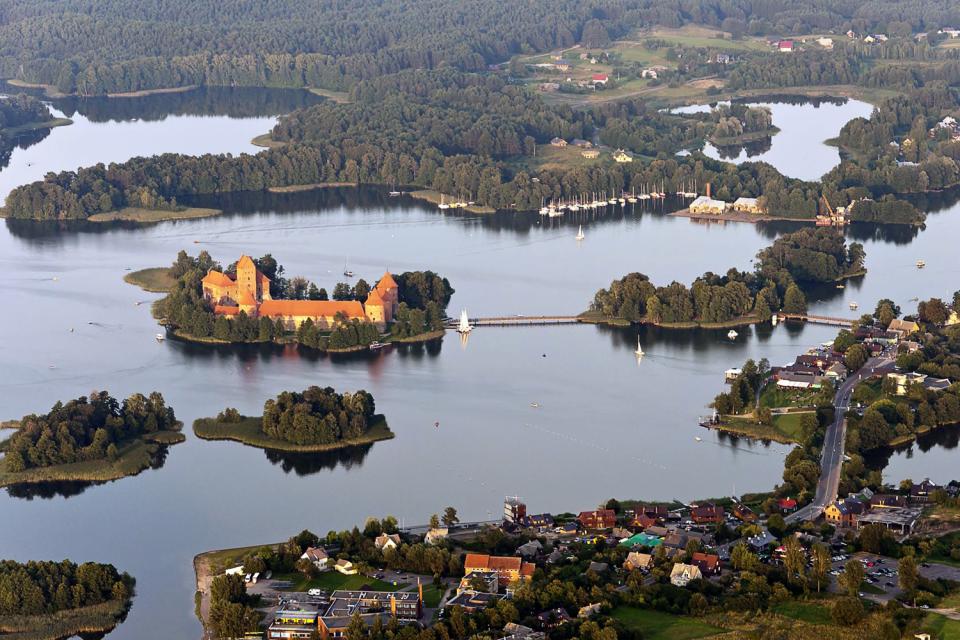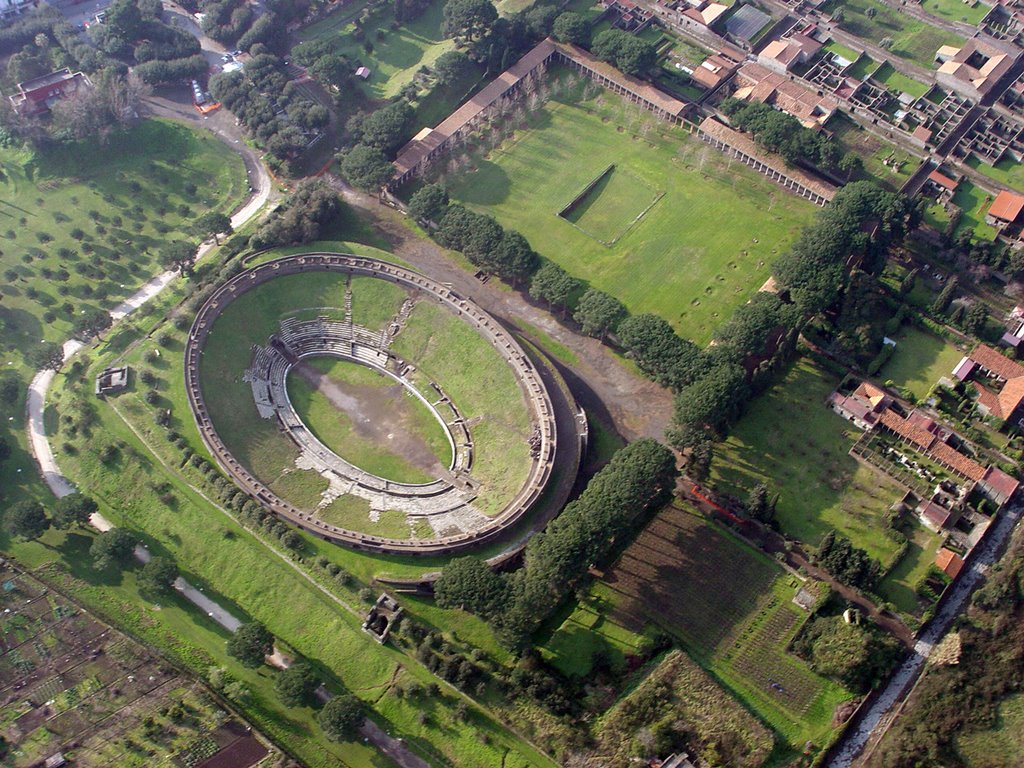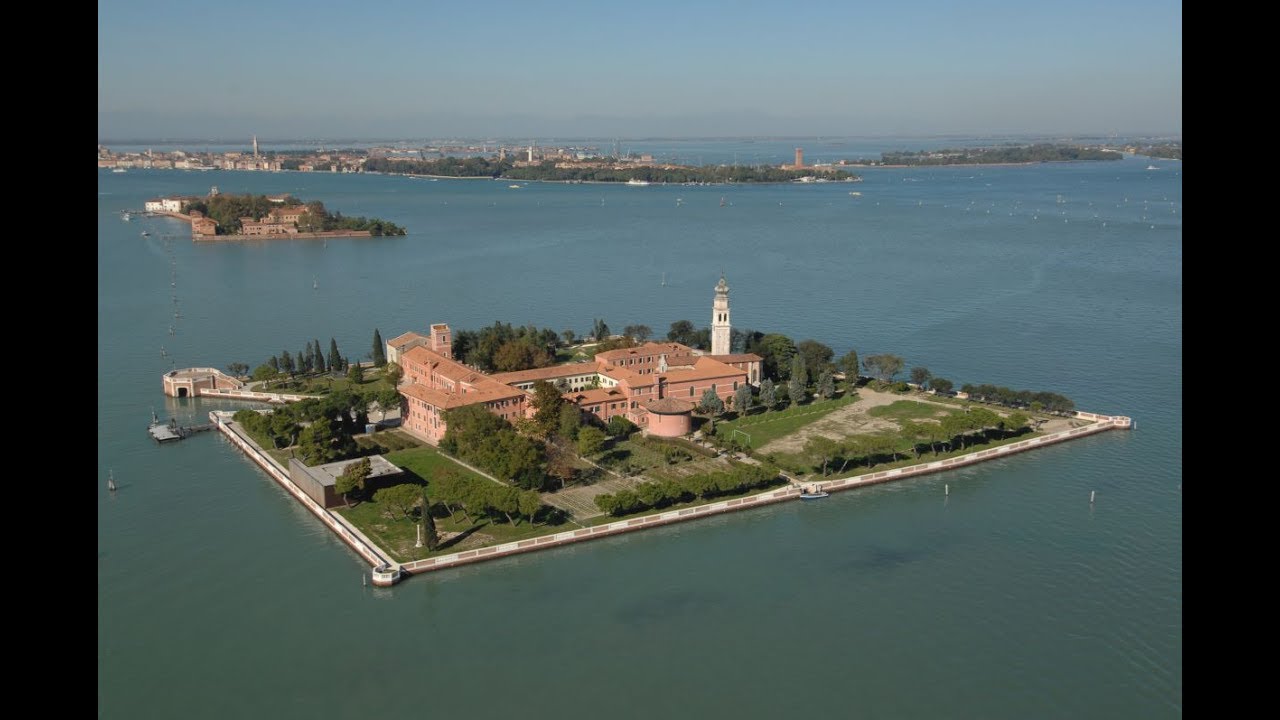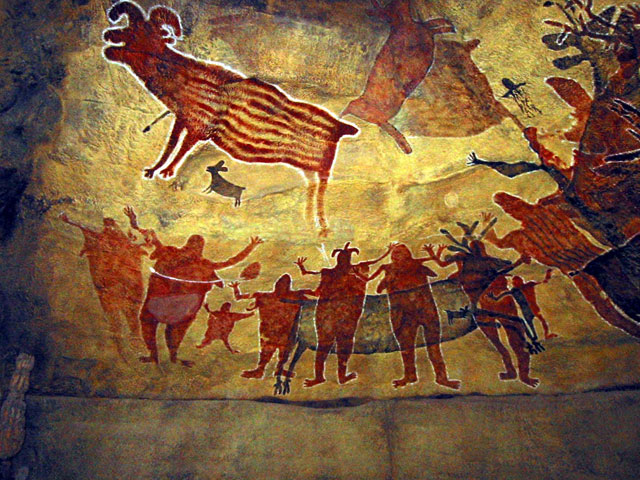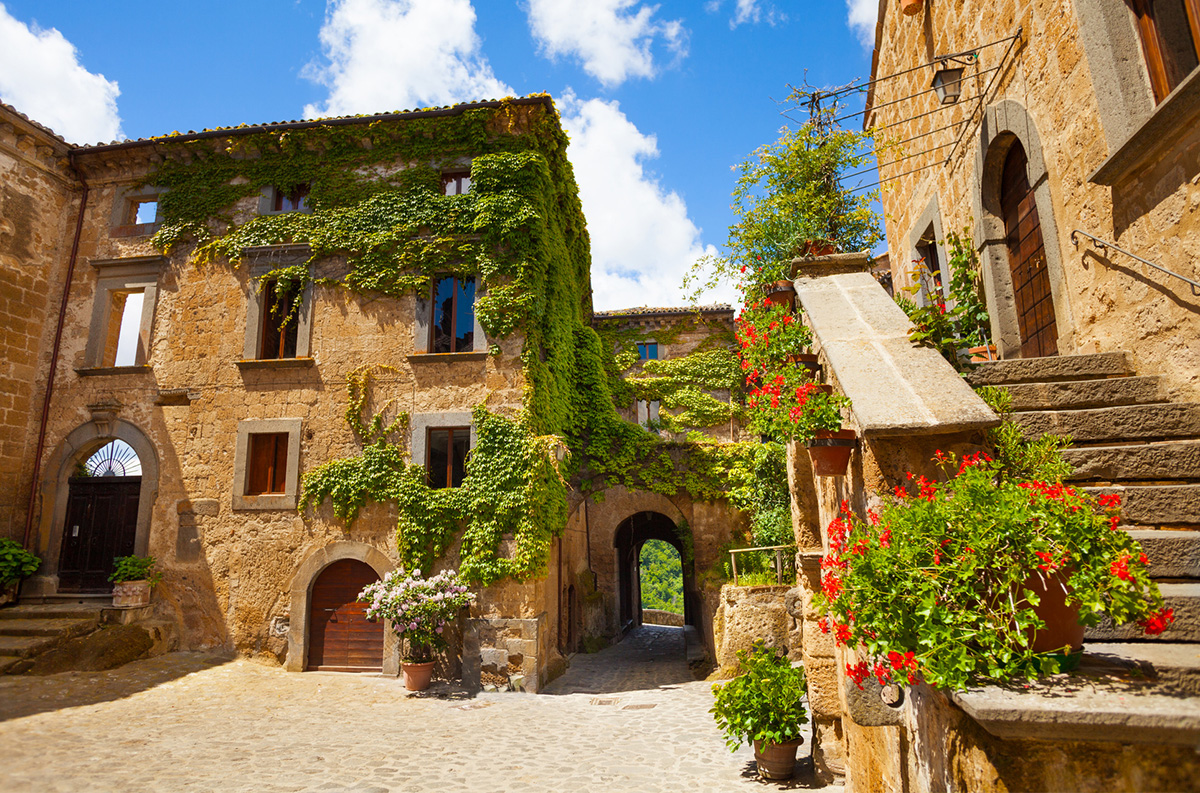The arch was erected by Cottius, king of the Segusii, who became prefect of 14 cities in the Cottian Alps through an agreement made with Rome, in honor of Augustus in 9-8 BC. The large celebratory inscription on each side of the attic, along with the frieze below, commemorates a memorable event that took place a few years earlier: the signing of a treaty of peace and alliance with Rome by Cottius around 13 BCE. This treaty led to the territory of the cities involved becoming part of the Roman state, their inhabitants obtained Latin law, and King Cottius acquired the status of a Roman knight, along with the name of the Iulia dynasty. The erection of the arch was clearly an official decision, probably deliberated by the administrative bodies of the fourteen civitates that made up the prefecture of Cottius, a territorial and administrative entity that probably corresponded to the old Alpine kingdom of Donno.The arch is faced with blocks of white marble from nearby Foresto quarries. It has a single archway that rests on smooth pillars built into the masonry, crowned by capitals decorated with plant volutes. At the ends of the side pillars, fluted columns supported by tall plain dadoes support the entablature. The latter consists of a plain architrave, a frieze decorated in bas-relief, and a cornice decorated with corbels, leaves, rosettes, and other ornaments, including an eagle. The upper part of the arch consists of an attic, on which a dedicatory inscription was originally placed, but today the statuary groups that were supposed to decorate it are missing and have disappeared over time. The numerous holes visible on the surface of the monument are the result of the removal, already in ancient times, of the metal brackets that held the marble blocks together. The bronze letters of the attic inscription have been removed, and the text is now readable only through the holes for fixing the letters and the guide carvings for the letters themselves. The text reads, "M. Julius Cottius, son of King Donno, prefect of the cities named here (Segoviorum, Segusiuorum, Belacorum, Caturigum, Medullorum, Tebaviorum, Adanatium, Savincatium, Ecdiniorum, Veaminiorum, Venisamorum, Iemeriorum, Vesubianorum, Quariatium), and of the cities that were under his prefecture, in honor of Emperor Caesar Augustus, son of Caesar, pontifex maximus, in the 15th year of his tribunicia podestà and in the 13th year of his empire." The figurative frieze, which is well preserved on three sides of the monument, depicts scenes related to the agreement with Rome, including the ceremony of solemn sacrifice (suovetaurilia) and the stipulation of the pact between Cottius and the Romans, with representations of the key figures and cities involved.
